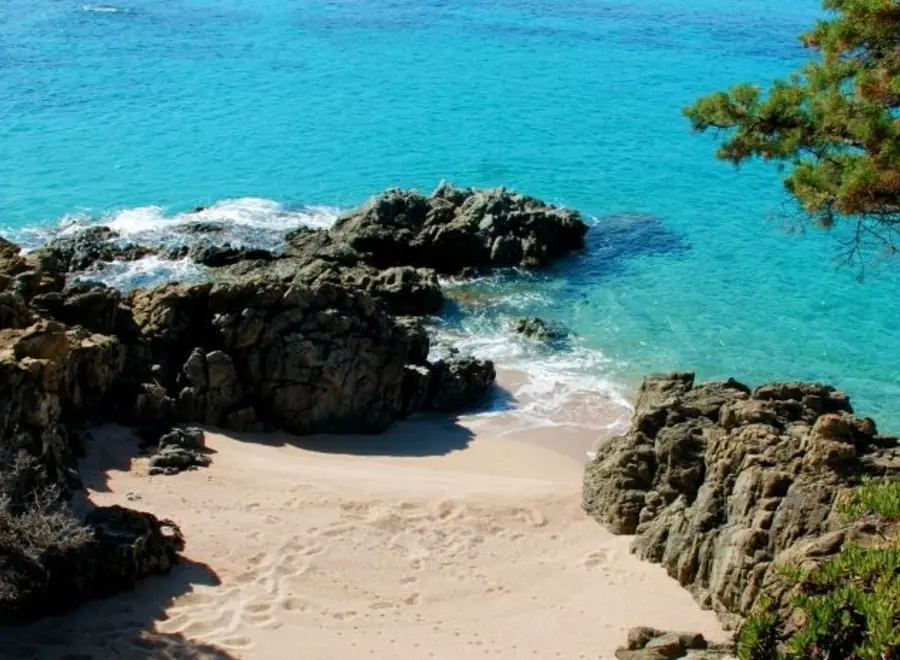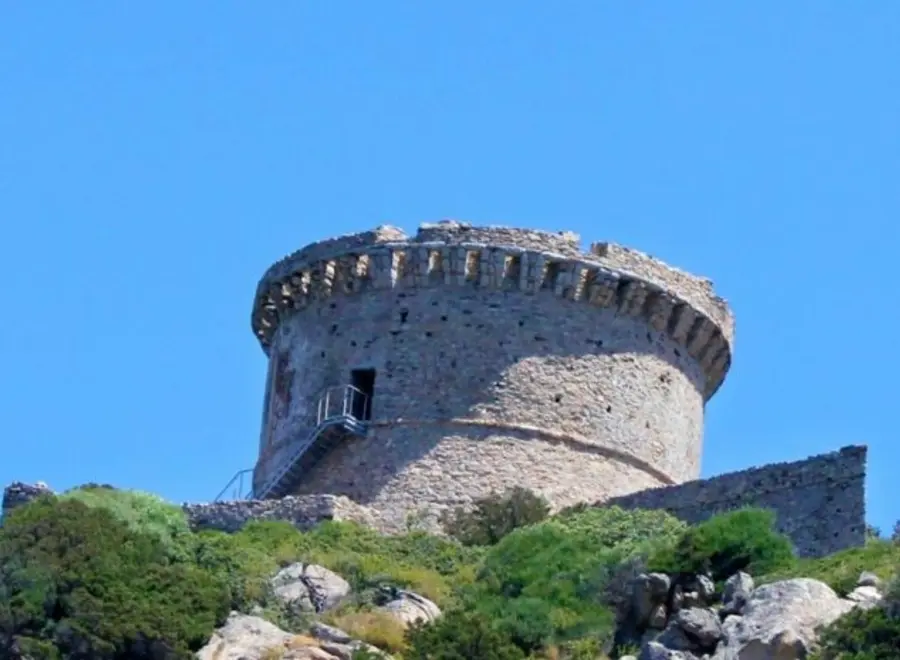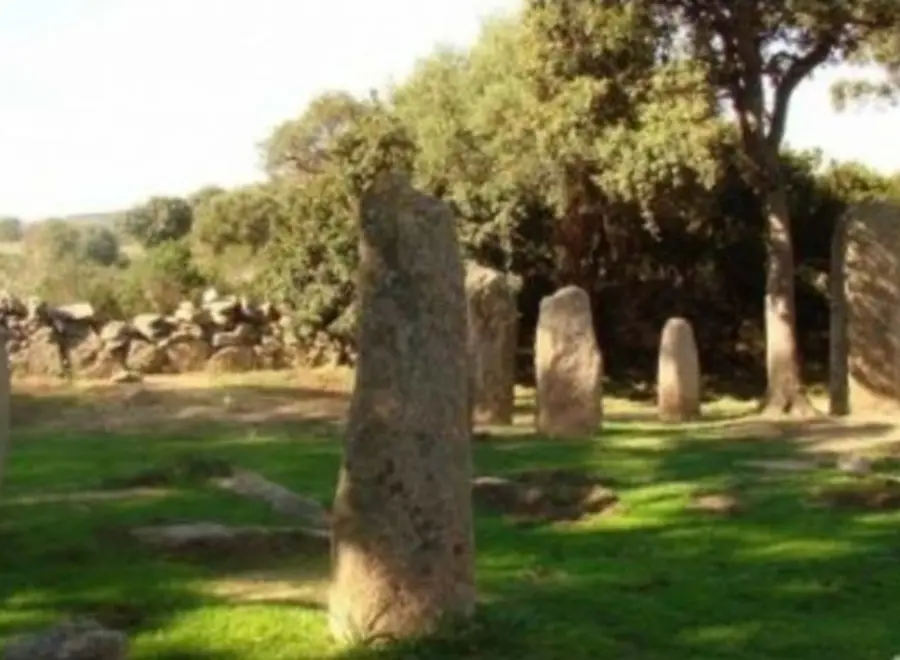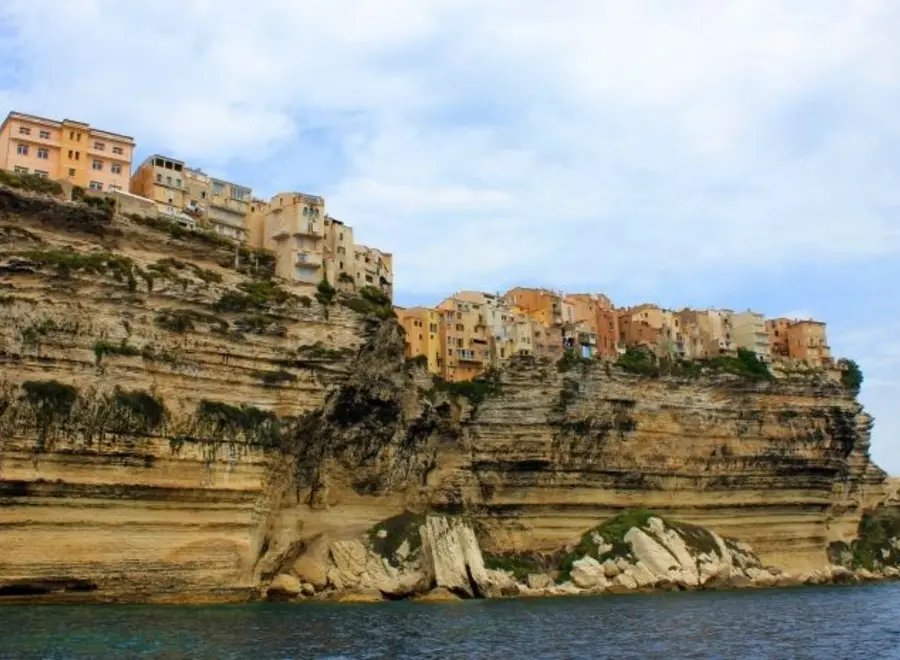The Cantu di Mare residence is located at Olmeto-Plage, part of the picturesque and tranquil village of Olmeto near Propriano.
This typical village, clinging to the mountainside and overlooking the splendid Gulf of Valinco, is truly an idyllic place for a house rental in Corsica.
The granite houses of Olmeto spread out in clusters on the southern slopes of Punta di Buturettu, a mountain 870 meters high. The village with its red-tiled roofs descends towards the plains and the sea.
Exploring this Corsican village just a few minutes from your holiday home will transport you back in time through the magic of historical sites, such as its religious heritage, like the Sainte-Marie church, a Romanesque church built in the 9th century, which houses magnificent organs dating from 1850, and the remains of the last convent built in Corsica by the Capuchins in 1711. You will also discover in the winding streets some mysterious medieval towers adorned with machicolations and loopholes.









